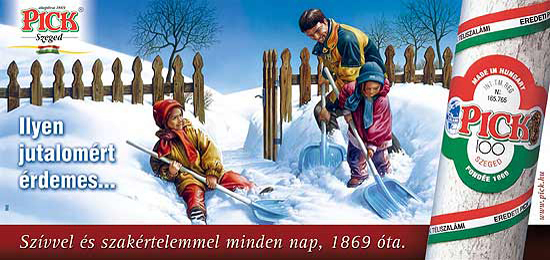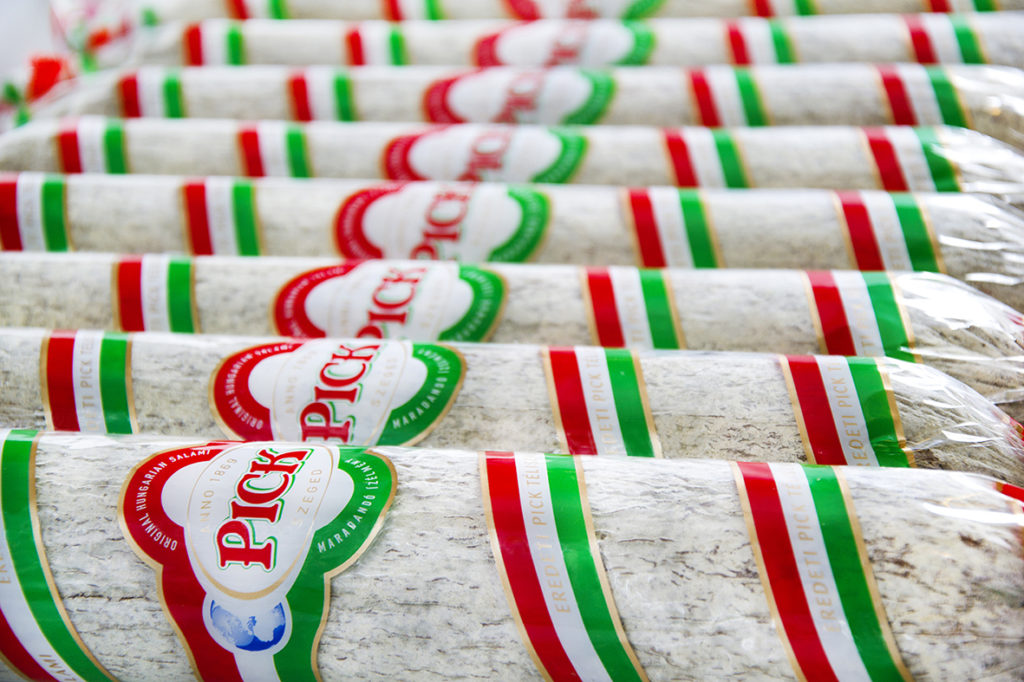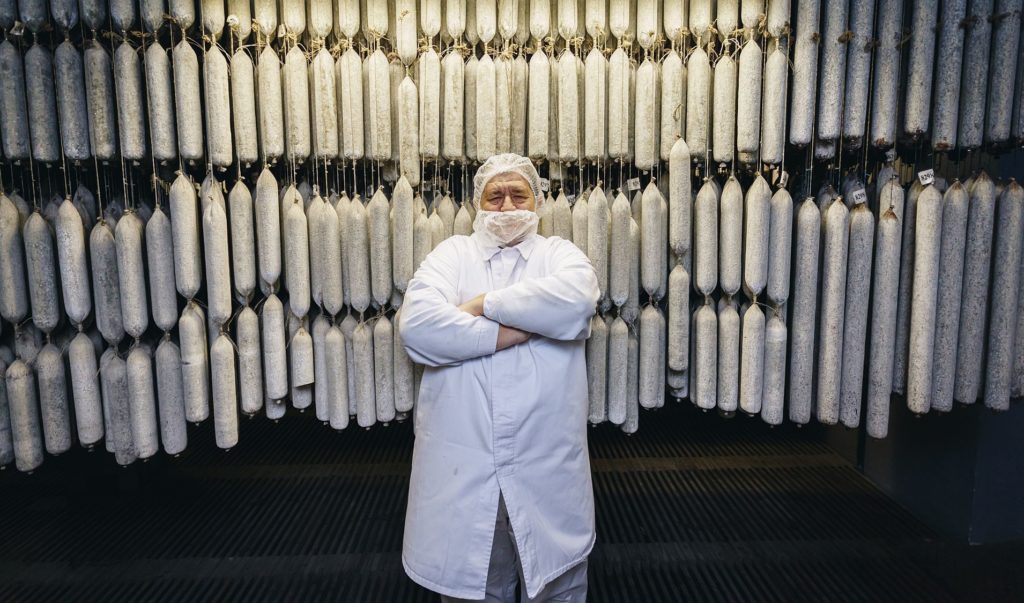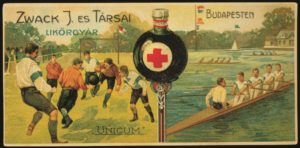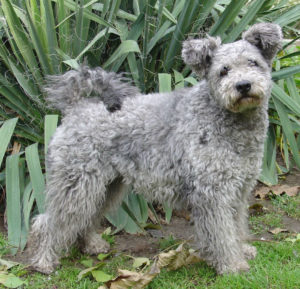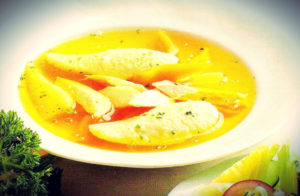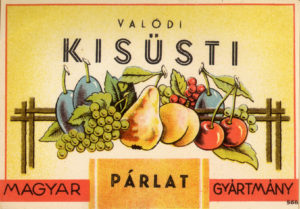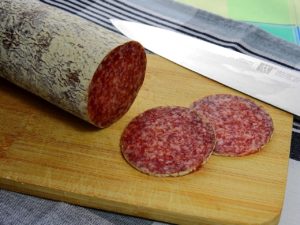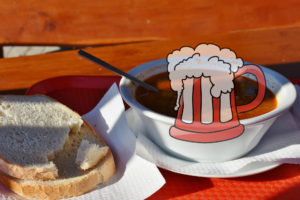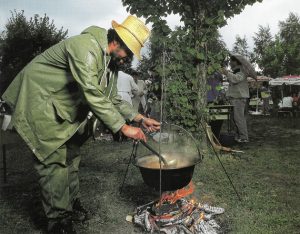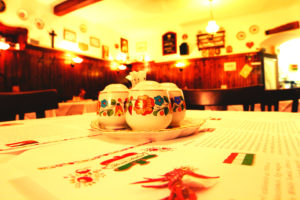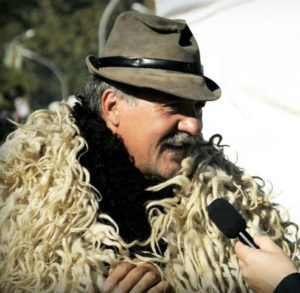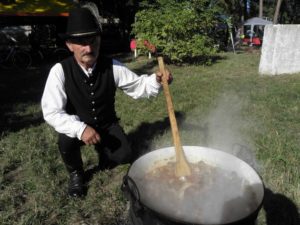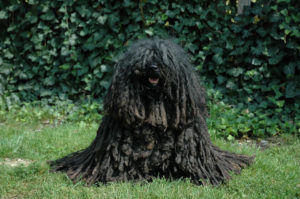Pick wintersalami
A popular souvenir always top of the wishlist of Hungarians living abroad, a real delicacy: let us introduce Pick wintersalami! Let’s start from the beginning, who wecan thank for this product and why it is called “winter” salami?
Márk Pick, the meat master
The inventor of salami studied to be a merchant, and originally worked with grain. On one of his business tours, he became acquainted with the salami production in Italy, and this experience was decisive in his career: in 1869 he founded his business in Szeged, then he gradually developed and expanded the factory.
In 1883 he produced salami in such quantities that he had to bring workers from Italy, and he started the real large-scale salami production in 1885.
How Pick wintersalami is made?
Wintersalami must be made from natural ingredients and heavy-weight pigs bred in accordance with the regulations. The meat is cut instead of minced, so that the tissues are not damaged. The spices are carefully measured in the herbs room, but the exact recipe is the well-kept secret of the salami master.
In addition to the expertise, the constant cool air of the nearby River Tisza and the favorable microclimate of Szeged are essential for creating the unique taste.
Smoking and noble mold
Smoking for 2 weeks is one of the most essential techniques. The ember that is used is made from beech wood that was dried for 2 years. The salami rods are placed in the maturing chamber for 100 days, where due to thespecial air current, humidity and temperature, a special noble mold is formed, which has become a trademark of PICK Winter Salami.
The product is called “winter salami” not because of the snow-like surface, but because of the way it is manufactured. At the beginning, before the invention of special maturingtowers thesalami could only be produced in winter. But with modern technology this difficulty has already been overcome, and in the 32 chambers of the 64-metre maturing tower nearly one million rods of salami mature at once.
This is how this special Hungarian delicacy was made, which deservedly received the Hungarikum certification in 2013.
Photo: https://pick.hu



